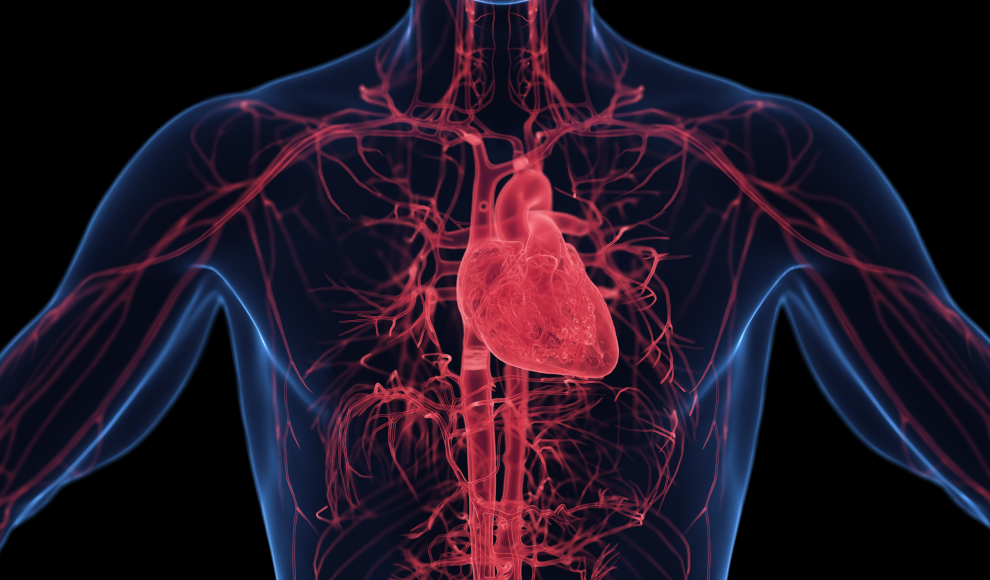A recent study conducted by the Capital Medical University (CMU) has found that microplastic particles can accumulate in the human heart and bloodstream. The study, published in the Environmental Science & Technology journal, involved taking heart tissue samples from 15 individuals during heart surgeries, as well as blood samples before and after the operation. The researchers discovered particles ranging from 20 to 500 micrometers in size, made up of eight different types of plastic, including Polyethylene terephthalate, Polyvinyl chloride, and Polymethyl methacrylate. While the study had a small sample size, it provides evidence that various types of microplastics can accumulate in the heart and inner tissues.
According to the study, the microplastic particles were found in most heart tissue samples, with varying amounts and materials between participants. All blood samples also contained plastic particles, but the average size decreased after the operation, and the particles were made up of different types of plastic. The study suggests that medical procedures may be an overlooked source of microplastic contamination, providing direct access to the bloodstream and inner tissues. However, the health risks of plastic contamination are still largely unknown, and further studies are needed to fully understand the impact of microplastics on a person’s cardiovascular system and prognosis after heart surgery.
Previous studies have shown that humans consume up to 200,000 microplastic particles annually, with the main sources being fish, seafood, and plastic bottles. While the health risks of plastic contamination are still largely unknown, studies have shown that microplastics can kill brain immune cells and mechanically destabilize cell membranes. The accumulation of microplastics in the heart and bloodstream is a concerning development, and further research is needed to understand the full extent of the problem.










